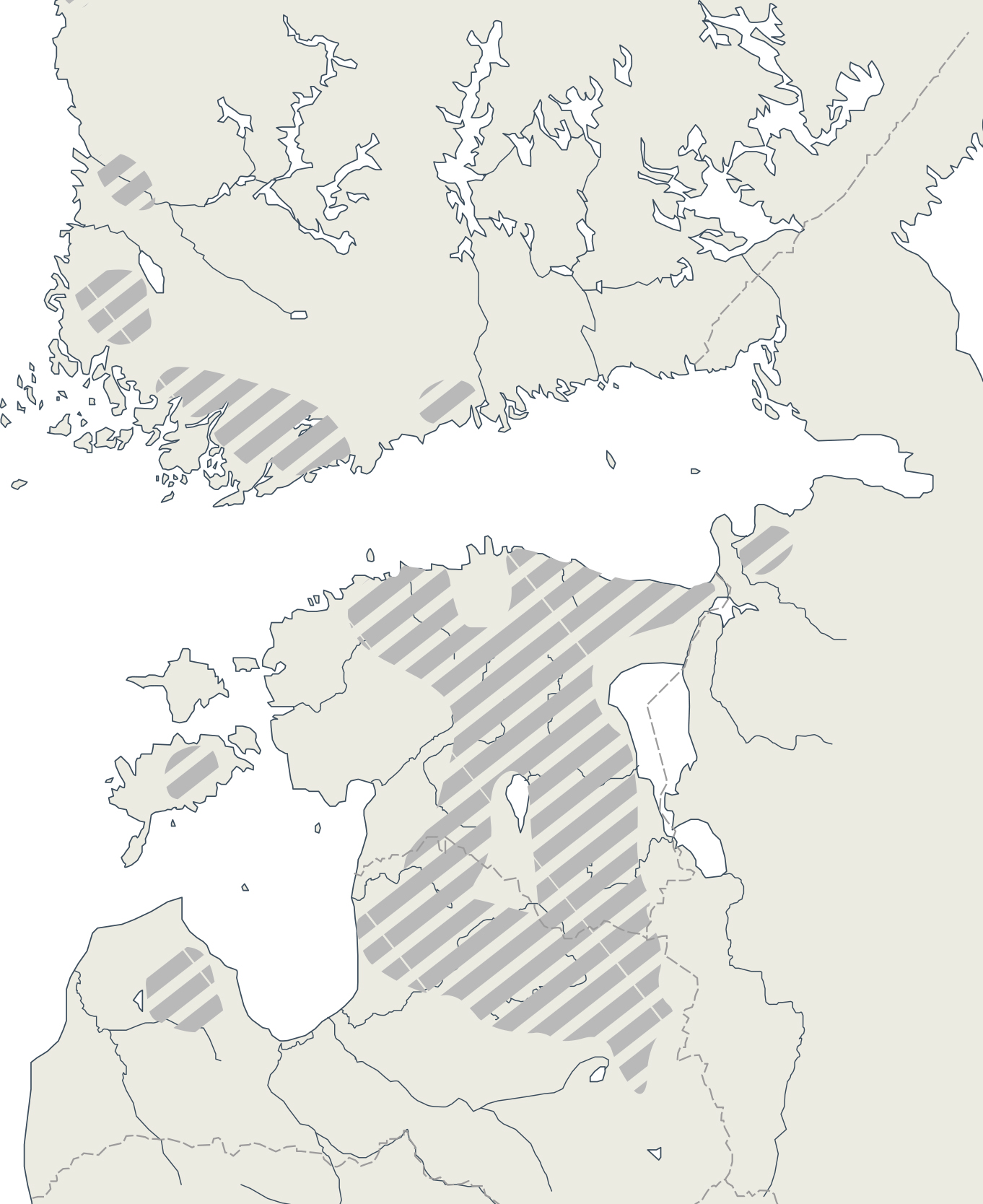The spread of the Late Proto-Finnic language and cultural tradition began in North Estonia during the first centuries of the Common Era, where the prior path of development had led to an economic growth and cultural flourishing, but also certainly to overgrowth. Already during the 1st-2nd centuries AD, tarand graves characteristic of Virumaa were built in Central Estonia (Nurmsi, Tarbja). Around the year 200 AD, this tradition reached, along with the corresponding material culture, to the northern parts of South Estonia (Jaagupi), although no further. In the southern part of South Estonia (Virunuka) and North Latvia, an autonomous region of tarand graves developed, the material culture of which differed from that of Central and North Estonia and which correlates well with the position in linguistics of South Estonian (and apparently also Livonian) diverging already before the Late Proto-Finnic stage of the Roman Iron Age. Typical tarand graves appeared in Northwest Estonia along with the corresponding material findings similarly around the year 200 AD (Mõigu-Peetri), the construction of graves there developing admittedly somewhat varyingly, although with regard to its material culture nevertheless similarly as in Virumaa. In Saaremaa, where sites of the 2nd-3rd centuries are almost unknown, typical tarand graves began to be constructed only during the 4th century (Tõnija, Liiva-Putla).
Althought the first tarand graves in Vadjamaa, or more specifically, the western part of the Izhorian plateau, were built already at the end of the Pre-Roman Iron Age, this tradition spread there more broadly only during the Roman Iron Age (Malli, Kerstovo). Both in the construction of graves and the material culture, the influence of North Estonia (in parts also Southwest Finland) is tangible. The cultural wave under discussion reached the south and southwest coast of Finland during the Early Roman Iron Age (Kroggårdsmalmen tarand graves in Karjaa and Koskenhaka in Piikkiö). While having been spread initially to a limited area, it soon expanded markably more inland (Häme), later even more east. After the disuse of the tarand graves, the expansion of the later Finnic culture can be traced on the basis of new types of burials (flat-cairn cemeteries, polttokenttäkalmistot in Finnish) and other types of findings. Although the Karelian isthmus was reached already during the 7th-8th centuries AD, an indigenous Karelian culture flourished in the 12th-14th centuries AD. At this time, it is possible to see the strengthening of Karelian influence also on the southwestern, southern and southeastern coasts of Lake Ladoga, where the Izhorian and Veps groups diverge.
The Finnic peoples stood out with their largest extent and thus most similar and cohesive culture and language apparently during the Late Roman Iron Age, within the extent and during the time of the tarand graves. Rather soon, however, differences both in the language as well as culture of the different regions began to develop and grow.


